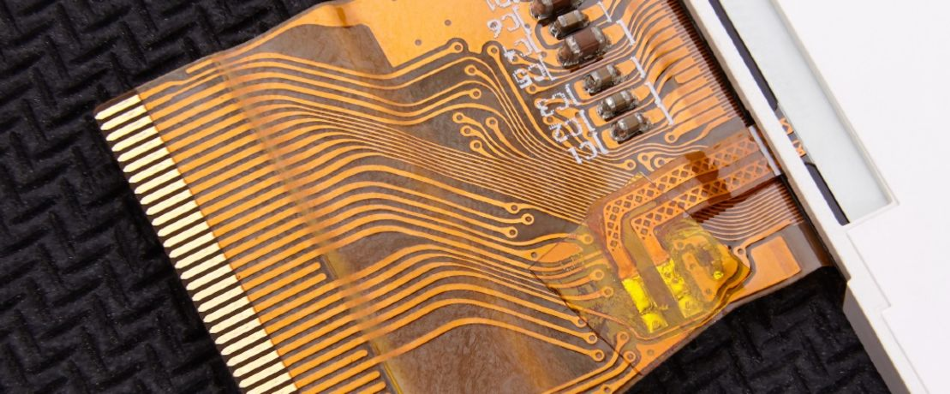A polymer is the term for a large molecular network comprising multiple repeating units, or monomers. Polyimides are a class of polymer that are highly attractive due to their insulative features, heat resistance, and mechanical strength.

Image Credit: Jayhawk Fine Chemicals Corporation
What is an Imide?
To gain a full understanding of what a polyimide is, the chemistry within it must first be known. An imide is a functional group comprising two acyl groups bound to nitrogen. Imides have good solubility in polar media as they are highly polar.
Polyimides
Polyimides are created from dianhydrides and diamines in a process which involves two stages. A polyamic acid produced from the first stage, is imidized in the second stage employing either a chemical dehydrating agent or heat to create the polyimide.
Polyimides can be thermoplastic, with a high melt viscosity which demands high pressure to produce molded components. Examples are KAPTON® films and SKYBOND® molding resins.
Polyimides can additionally be thermosetting, where imide oligomers are crosslinked into a network that is three-dimensional. Examples of thermoset polyimides are PETI® and PMR-15® matrix resins for advanced composites.
Polyimide Properties
The majority of polyimides are yellow or orange in color. They offer exceptional electrical properties, thermal stability, mechanical strength, and positive chemical resistance.
The latest generations of colorless polyimides (CPI®) have been released which provide low Yellow Index and high transmittance for optimized clarity.
Glass fiber or graphite reinforcements are frequently added to polyimide matrix resins to create advanced composite materials with excellent strength-to-weight ratios.
Polyimide Applications
Polyimides offer a host of beneficial features, which make them effective for a number of applications in industrial, aerospace and electronics sectors.
Polyimides have various uses in the manufacturing of flexible printed circuits and semiconductors. They can be employed as a film to support micronized circuitry and as high-temperature adhesives. In electronic cable manufacturing, they are effectively used as an insulating film, as well as varnishes and wire enamels for electric motors.
In aerospace, polyimide composites can be utilized as a replacement for traditional materials, for example metals in engine parts and inorganic insulation in hulls and fuselages.
Protective garments for firefighters have polyimide fibers woven into them, along with hot gas filtration bags in power plants and cement kilns to capture particulates in aggressive processing environments.
Polyimide foams are utilized for lightweight acoustic and thermal insulation in aircraft and marine vessels.
Dianhydrides
Jayhawk Fine Chemicals Corporation designs and produce a range of JAYHAWK dianhydrides that are appropriate for polyimide synthesis. Its products can be employed to enhance the processing and properties of polyimides.
Please contact Jayhawk Fine Chemicals Corporation for further information about our products and services.
[The trade names outlined herein are owned by their respective manufacturers.]

This information has been sourced, reviewed and adapted from materials provided by Jayhawk Fine Chemicals Corporation.
For more information on this source, please visit Jayhawk Fine Chemicals Corporation.